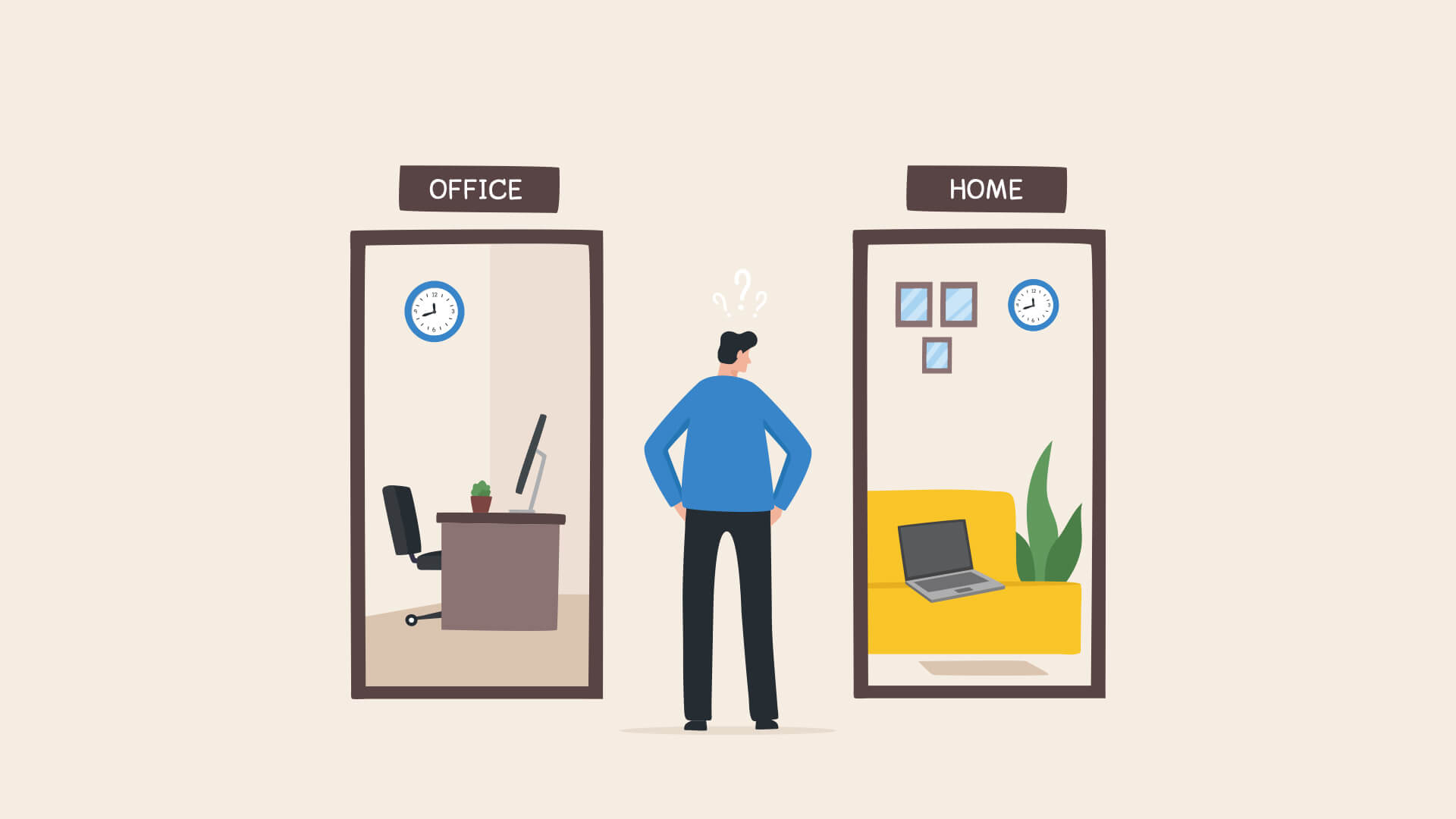Data reveals that working from the office is now cheaper than working from home. In 2020/2021 the work from home movement was appealing for several reasons. Top of the list was its cost effectiveness. Previous years that saw that the lack of travel, lunch at home and lack of coffee runs made the process cheaper than heading to the office. The brand Simply Plastics has done the sums and worked out how much the average employee spent pre-price hikes when working from home in 21/22 for an average of 8 hours, Monday to Friday. They have then compared this with current inflation. Included are the rises in energy bills, travel, lunch, and coffee. As sums reveal working at the office is now cheaper than working from home, Simply Plastics reveal how to turn it back.
Travel: 2021/2022 Vs 2023
The cost of petrol has certainly risen in recent months. Public transport fares set to increase by up to 5.9% in March, heading to and from the office will impact personal finances.
Public Transport: Commuting to the office (based on an annual 1 – 4 London travel card) in 2021/2022 cost £2,208. An approximately 5.9% increase is due in March 2023, leading to an annual increase of approx. £2,338. An average increase of £130 when comparing 2022 to 2023.
The workforce that drives to the office will experience an increase in petrol. Based on a Ford Fiesta, 20-mile round trip – 0.30 gallons of fuel /1.36 litres of fuel the petrol costs in 2021/2022 for the average commuter averaged £326.40. Driving to work in 2023, based on the previous spec has risen by 23% to £401.47, a rise of £75.07.
Heating throughout the workday: 2021/2022 Vs 2023
2020/2021 saw the WFH workforce pay £55.44 per 8 hours of working, each year, towards heating their home. The energy bill crisis has led to a 54% increase to £85.37. a difference of £29.93. Of course, working from the office will see this bill diminish.
9-5 Electricity
Using electricity 9am to 5pm in 2020/2021 cost an average of £268.62 (based on a 3-bedroom house), over the course of the year. Research has revealed that electricity bills have risen by 18% for those who are working from home 5 days a week. As a result, in 2023 the cost of electricity throughout the working day will rise to £316.97, an overall increase of £48.35.
Lunch: 2021/2022 Vs 2023
Previous years saw the average work from home employee spend £2.18 per day, based on the average working year of 11 months. Eating lunch prepared at home cost £479.60 over the year. 2023 has seen this rise by 70% to £815.32 annually. An increase of £335.72.
In 2021/22 the average lunch at the office is £6.20 per day. This has risen by 3% in 2023, seeing an increase of 30p per day. This totals a yearly average increase of £66.
Obtaining a Caffeine Fix 2021/2022 Vs 2023:
Hot drinks are often an integral part of the working day. Of course, costings around the country may vary however, on average:
The WFH coffee spend over an 11-month working year in 2021/22 = 26 cups of coffee homemade coffee is £5.50. Averaging 2 coffees a day requires 2 jars of coffee equalling £11.00. Annually this totals £121. In 2023 this has risen by 9.4% to £132.37, ensuring a rise of £11.37.
In 2021/22, 1 purchased coffee for 11-month commute to the office, based on a latte costing £2.65 with a yearly total of £583.00. This has risen by 3%, making an annual spend of £600.49, A total difference of £17.49.
Overall, 2023 is set to see working from home increase by £555.37 whilst working from the office just £288.56.
How to turn the tables & make working from home cheaper than heading to the office
Up to 40% of inside heat is lost from poorly insulated windows. According to Simply Plastics, based on installing draft-reducing/excluding acrylic/polycarbonate, secondary glazing is said to save up to 60% on energy bills. With the average household gas bill being £1,239.60 (according to USwitch) reducing bills by 60% subsequently saves households up to £743.76.
Heating one room as oppose to the whole house can save you hundreds and a Smart Metre will ensure that you are not surprised by a hefty bill.
One of the best things you can do for your home to save money and improve its energy efficiency is to install insulation. Insulation works as a barrier to heat flow, reducing the amount of heat that escapes in winter and enters in summer. However, as the Energy Saving Trust estimates the average cost of wall insulation for a three-bedroom property to be around £14,000, this is an extremely expensive cost.

















